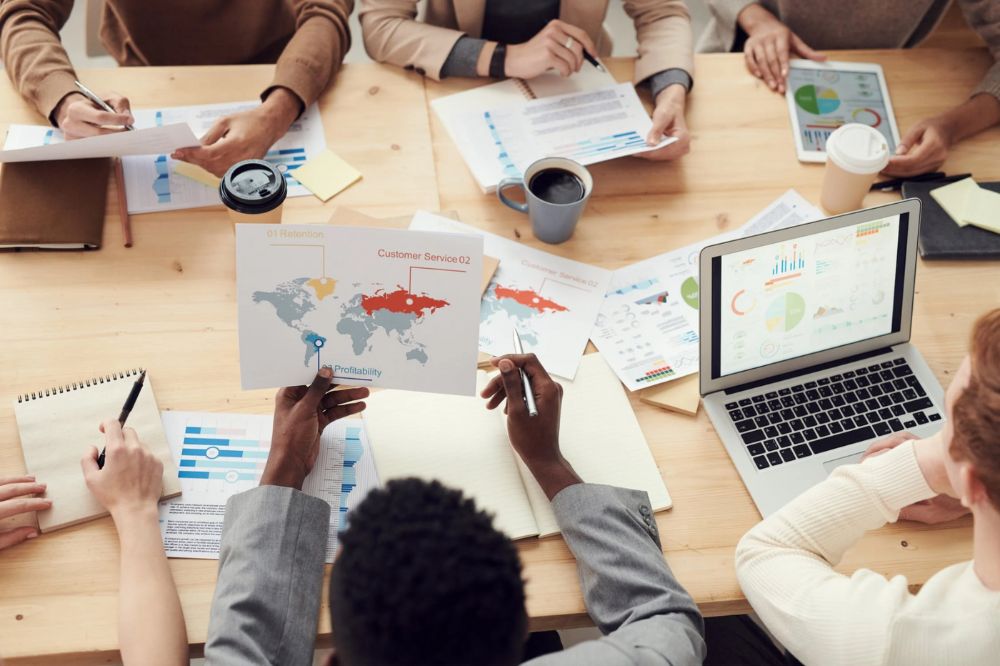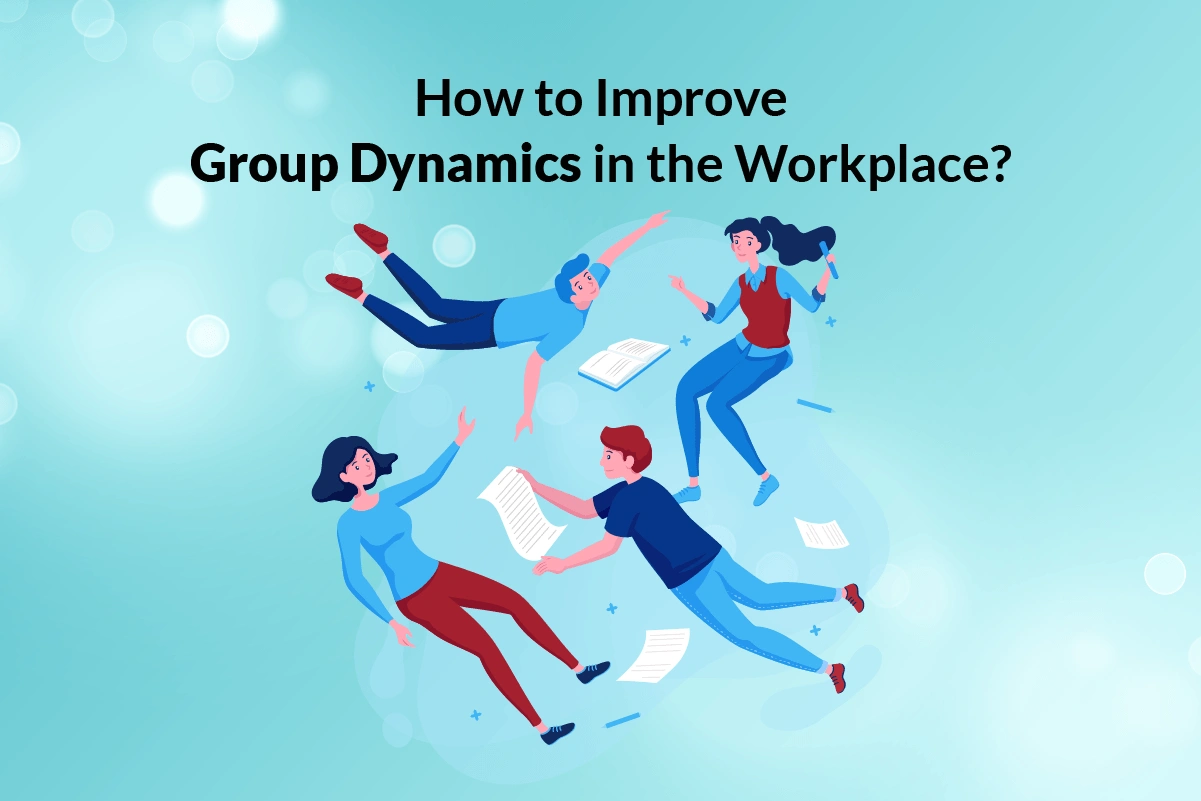As employers, one of our greatest challenges is fostering the talents of our employees. We invest time, effort, and resources into hiring and training our staff, but sometimes we still struggle to create a productive and positive work environment. One key factor in achieving this goal is group dynamics.
In this article, we will explore why group dynamics are important in the workplace and how they can impact a team’s performance. We will also discuss strategies for building positive group dynamics and maintaining them over time.
What are Group Dynamics in the Workplace?
Group dynamics refers to the interactions between individuals within a group setting. It encompasses the way people communicate, works together, and influence each other’s behavior. In a workplace context, group dynamics can have a significant impact on employee morale, productivity, and overall job satisfaction.
The Impact of Group Dynamics on Team Performance
Good group dynamics are essential for any company that wants to achieve success in today’s competitive business environment.
Here are the benefits of good group dynamics in the workplace:
- Increase productivity.
- Improve employee morale.
- Improve problem-solving skills.
- Increase creativity.
- Improve time management.
Group Dynamics Help Increase Productivity
One of the primary benefits of good group dynamics is increased productivity.
When team members work well together, they can accomplish tasks more efficiently and effectively. This is because each member of the team brings their unique skills and perspectives to the table, allowing the team to tackle complex problems and complete projects faster than they would be able to on their own.

Group Dynamics Help Improve Employee Morale
Good group dynamics can also lead to improved employee morale.
When team members feel like they are part of a cohesive group, they are more likely to feel satisfied with their jobs and stay motivated to perform at their best. This can lead to increased job satisfaction, lower turnover rates, and a more positive company culture.
Group Dynamics Help Improve Problem-Solving Skills
When team members work well together, they can tackle complex problems more effectively. This is because they are able to leverage each other’s strengths and experiences and come up with creative solutions that they might not have been able to on their own.
Additionally, good group dynamics can help to foster a culture of innovation, which can lead to new and exciting ideas for the company.

Group Dynamics Help Increase Creativity
Good group dynamics can also lead to increased creativity.
When team members feel comfortable expressing their ideas and opinions, they are more likely to come up with innovative solutions to problems. This is because they are able to build on each other’s ideas and generate new and exciting concepts.
Group Dynamics Help Improve Time Management
Finally, good group dynamics can lead to improved time management.
When team members work well together, they are able to prioritize tasks more effectively and complete them in a timely manner. This can lead to increased efficiency and productivity, and can help to ensure that projects are completed on time and within budget.
How to Improve Group Dynamics in the workplace?
Building strong and effective teams requires a combination of leadership skills, communication skills, and a commitment to teamwork.
Here are some tips on how to build strong teams:
- Set The Team’s Goals And Purpose
- Foster Open Communication
- Encourage Collaboration
- Celebrate Successes
- Set Clear Expectations
- Address Conflicts Early
Set The Team’s Goals And Purpose
The first step in building an effective team is to clearly define its purpose and goals.
When team members share a common goal and work together to achieve it, it can lead to a stronger sense of unity and better collaboration.
However, when team members have conflicting goals, it can lead to misunderstandings and reduce team performance. This should include a clear understanding of what the team is trying to achieve and how it fits into the larger organizational goals. This will help team members stay focused and motivated, as they understand the importance of their work.
Foster Open Communication
Effective communication is critical to building strong teams. This means creating an environment where team members feel comfortable sharing their ideas, opinions, and feedback.
Encouraging open communication can also help prevent misunderstandings and conflicts from arising.

Encourage Collaboration
This means creating opportunities for team members to work together on projects and tasks and encouraging them to share their expertise and knowledge with one another.
Encouraging active listening and providing opportunities for feedback can improve communication and lead to a more positive team culture.
There will undoubtedly be trust issues and some level of discomfort when your team first comes together. This is entirely natural. It takes time to get to know people and their working styles. Try a few team-building exercises to help speed up the “get to know you” phase and get started on meaningful work sooner. Just make sure that you, as the group’s leader, participate as well!
Celebrate Successes
Recognizing and celebrating the team’s successes is an essential part of building strong and effective teams. This can include acknowledging individual contributions, providing positive feedback, and celebrating milestones and achievements.
Set Clear Expectations
Setting clear expectations for each team member can help reduce confusion and ensure that everyone is on the same page. Clearly defining roles and responsibilities can also lead to better collaboration and improved team performance.
Consider your team’s larger goal first. In a bigger picture, what are you hoping to achieve? Then, define everyone’s roles and responsibilities and equip them with the resources they’ll need to succeed.
Address Conflicts Early
Conflicts at work are inevitable in any group setting, but addressing them early can help prevent them from escalating into bigger problems. You must constantly be on the lookout for signs of negative group dynamics. Look for the causes like: groupthink, specific personality types, evaluation anxiety, and so on. Address and eliminate these signs as soon as you notice them.
Encouraging open communication and providing support and guidance can help team members resolve conflicts quickly and effectively. This can be done by meeting with the parties involved, listening to their concerns, and working collaboratively to find a solution.

Conclusion
In conclusion, group dynamics plays a critical role in the success of any organization. By fostering a positive and productive work environment through clear goals, open communication, collaboration, flexibility, and diversity and inclusion, employers can create a team that works together effectively to achieve common goals.
Boulo Solutions is a leading provider of workforce solutions that can help businesses achieve success by providing access to top talent and expert guidance. Contact us today to learn more about how we can help you improve your group dynamics and achieve your business goals.

